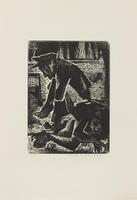146 UMMA Objects
146 UMMA Objects
![This stone dagger has a handle that is divided into two parts, separated from each other by a thinner band. The upper tier is smaller in length than the lower tier, which flares outward as it approaches the end. The tip of blade is broken off. In profile, the blade thickens in the center.<br />
<br />
Carved from stone, this dagger with a two-tier handle is missing only its tip. The cross section of the blade is rhomboid, while that of the handle is shaped like a convex lens. The dagger is of the later two-tier-handled type (<em>idanbyeongsik</em>), meaning that it probably dates from the end of the early Bronze Age or the beginning of the middle Bronze Age. Max Loehr (1903- 1988) was a German art historian specializing in East Asian art who taught at the University of Michigan from 1951 to 1960 as a professor.<br />
[Korean Collection, University of Michigan Museum of Art (2017) p.32] This stone dagger has a handle that is divided into two parts, separated from each other by a thinner band. The upper tier is smaller in length than the lower tier, which flares outward as it approaches the end. The tip of blade is broken off. In profile, the blade thickens in the center.<br />
<br />
Carved from stone, this dagger with a two-tier handle is missing only its tip. The cross section of the blade is rhomboid, while that of the handle is shaped like a convex lens. The dagger is of the later two-tier-handled type (<em>idanbyeongsik</em>), meaning that it probably dates from the end of the early Bronze Age or the beginning of the middle Bronze Age. Max Loehr (1903- 1988) was a German art historian specializing in East Asian art who taught at the University of Michigan from 1951 to 1960 as a professor.<br />
[Korean Collection, University of Michigan Museum of Art (2017) p.32]](/media/W1siZiIsIjIwMjIvMDUvMjUvMjhpaWV3MzJmbV9kZWZhdWx0LmpwZyJdLFsicCIsInRodW1iIiwiMjQweDIwMCJdXQ?sha=d2502c4cf43f3c8e)
Korean (Korean (culture or style))
Polished Stone Dagger
900 BCE – 701 BCE
Museum purchase from the collection of Max Loehr
1960/2.117

Chinese (Chinese (culture or style))
Central Asian Groom
618 – 906
Transfer from the College of Architecture and Design
1972/2.67
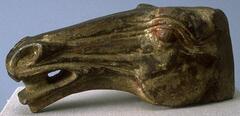
Chinese (Chinese (culture or style))
Horse Head
25 – 220
Museum purchase for the Paul Leroy Grigaut Memorial Collection
1969/2.84
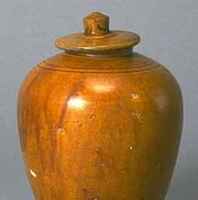
Chinese (Chinese (culture or style))
Covered Jar
907 – 1125
Gift of Mrs. Henry Jewett Greene for The Mr. and Mrs. Henry Jewett Greene Memorial Collection
1971/2.71A&B

Chinese (Chinese (culture or style))
Horse Head
25 – 220
Museum purchase for the James Marshall Plumer Memorial Collection
1964/2.79
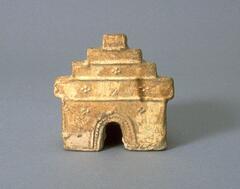
Chinese (Chinese (culture or style))
Stove and Kettle
600 – 632
Gift of the Friends of the Museum of Art and Helen B. Hall
1987/1.355
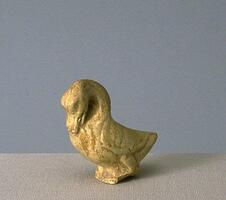
Chinese (Chinese (culture or style))
Duck
600 – 632
Gift of Willard A. and Marybelle Bouchard Hanna
1991/2.17
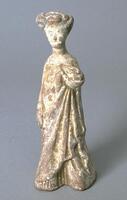
Chinese (Chinese (culture or style))
Court Lady
9th century
Gift of Willard A. and Marybelle Bouchard Hanna
1991/2.22
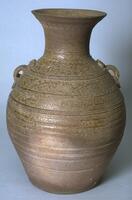
Chinese (Chinese (culture or style))
Jar
100 BCE – 100 CE
Gift of Mrs. Henry Jewett Greene for The Mr. and Mrs. Henry Jewett Greene Memorial Collection
1971/2.68
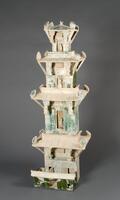
Chinese (Chinese (culture or style))
Model of a four-storied pavilion
25 – 220
Gift of Domino's Pizza, Inc.
1993/1.71.1

Chinese (Chinese (culture or style))
Model of a three-storied pavilion (One of four elements)
25 – 220
Gift of Domino's Pizza, Inc.
1993/1.73.1
Loading…
